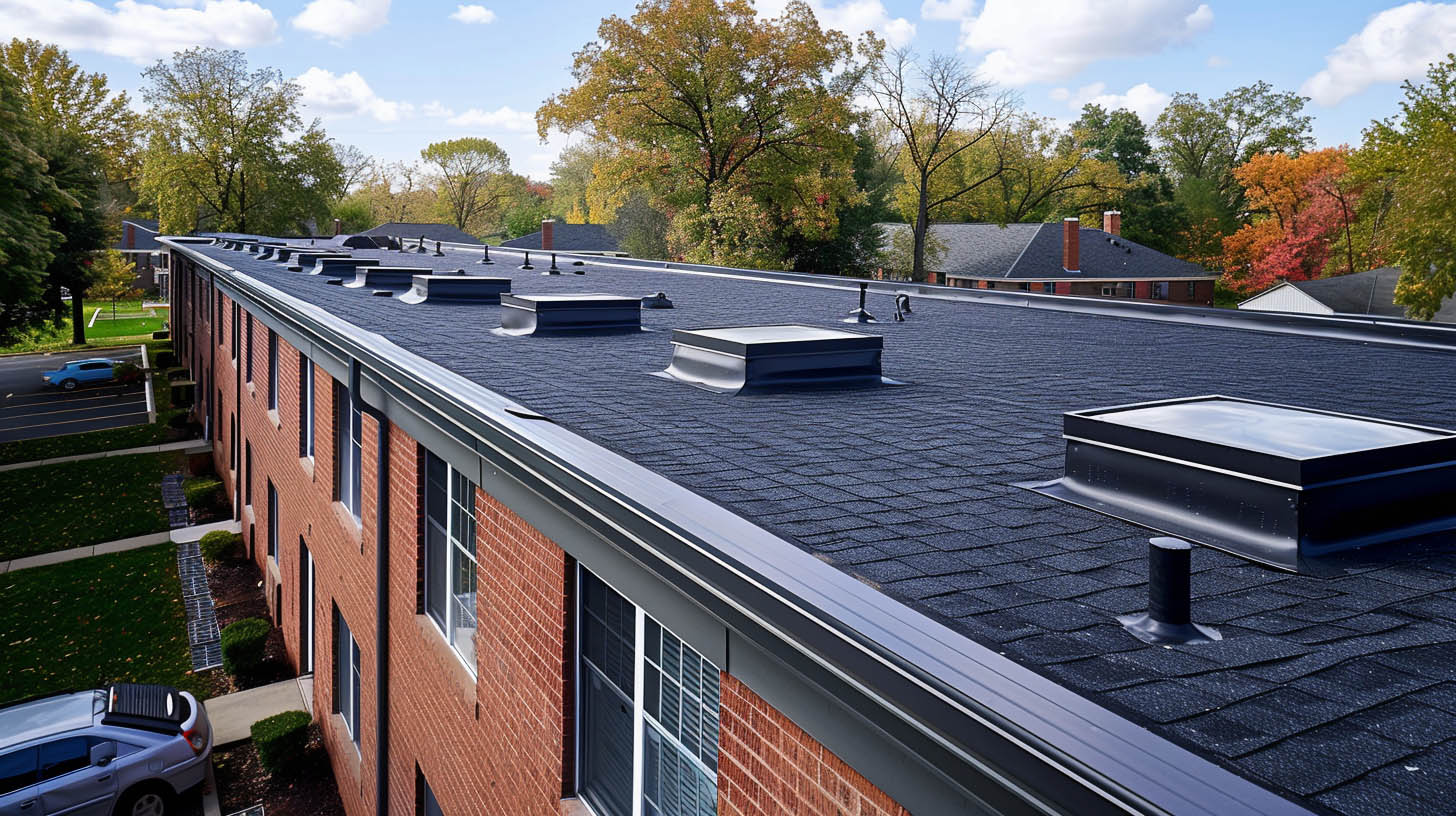Champion Restoration and Construction in Chantilly, VA, provides expert insights into the differences between shingled and flat roofing. Here’s a comprehensive guide to help you decide which roofing style suits your needs best.
Key Differences Between Shingled and Flat Roofing
Price Comparison
Shingled Roofing
- Higher Cost: Shingled roofs are generally more expensive due to the cost of materials and the labor-intensive installation process.
- Material and Labor: Additional costs may arise if water damage to the underlying wood requires replacement.
- Installation Time: A full roof replacement can take up to a week, depending on the size of the crew.
Flat Roofing
- Lower Cost: Flat roofs are relatively inexpensive as they use fewer materials.
- Quick Installation: The installation process is faster, reducing labor costs.
Longevity and Maintenance
Shingled Roofing
- Durability: Shingled roofs can last between 20 to 40 years, depending on the climate and maintenance.
- Less Frequent Repairs: They typically require fewer repairs unless punctured by external factors.
Flat Roofing
- Shorter Lifespan: Flat roofs may last as little as 10 years and require more frequent maintenance.
- Resealing Needed: Regular resealing is necessary to maintain the roof’s integrity and prevent leaks.
Space Utilization
Flat Roofing
- Additional Space: Flat roofs offer extra usable space, often used as patios or storage areas.
- Accessibility: Easier and safer to walk on compared to pitched roofs.
Shingled Roofing
- Limited Use: Primarily serves as a protective barrier with limited functional space.
- Risk of Damage: Walking on a pitched roof can cause shingle damage and increase the risk of falls.
Damage Resistance
Shingled Roofing
- Better Protection: The underlying wood layer provides robust protection against punctures and impacts.
- Natural Drainage: The pitch allows water and debris to roll off, reducing damage risk.
Flat Roofing
- Higher Risk: More susceptible to punctures and standing water, which can lead to leaks.
- Maintenance Intensive: Requires vigilant maintenance to prevent damage.
Choosing the Right Roofing Contractor
Importance of Experience
- Specialized Skills: Not all contractors work on flat roofs; ensure your contractor has experience with the specific type of roof you need.
- Proper Equipment: Verify that the contractor uses the right tools and materials for your roofing project.
Essential Questions to Ask
- Local Experience: Ask if they have worked in your area and if you can see examples of their work.
- Time Frame: Inquire about the project’s estimated completion time.
- Insurance: Ensure the crew is fully insured to avoid liability issues.
- Owner’s Involvement: Check if the owner is hands-on with the project for added assurance of quality.
Conclusion
Understanding the differences between shingled and flat roofing can help you make an informed decision for your building. Each roofing style has its advantages and challenges, so choosing the right one depends on your specific needs and budget. For expert roofing services, contact Champion Restoration and Construction to ensure your roofing project is completed with the highest standards of quality and professionalism.
If you want to read Winter Gutter Maintenance Tips, click here.

